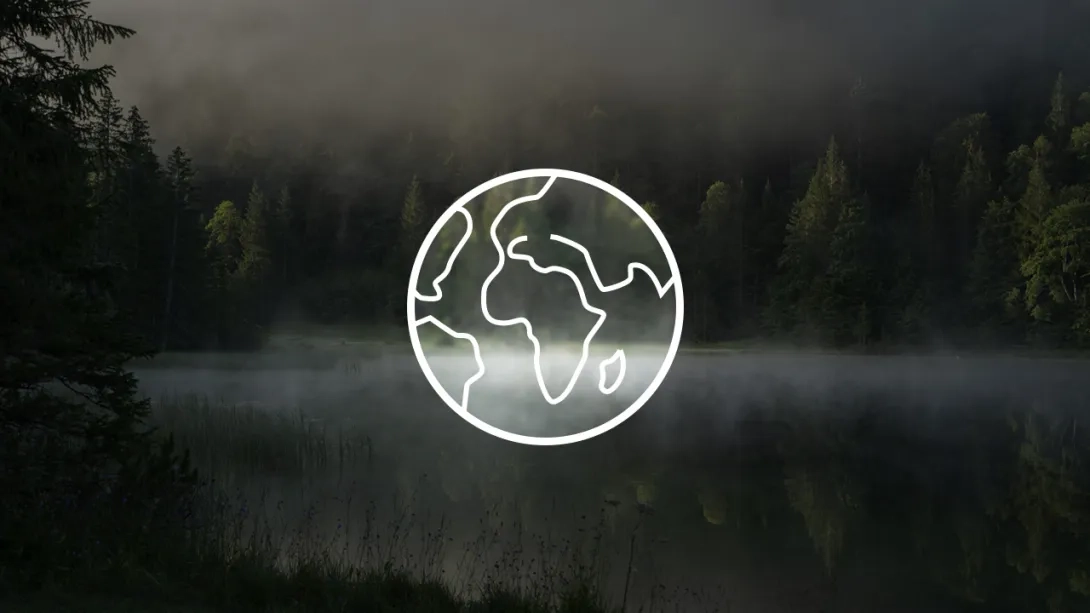Lake Karachay
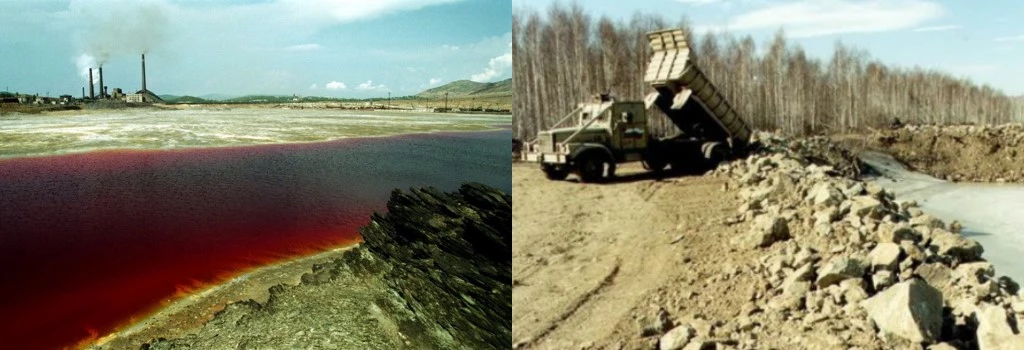
Since the 1950s, this lake has been used as a nuclear waste dumping site for the Mayak nuclear facility. Today, it is the most radioactive body of water in the world and a site of ecological disaster, as nuclear waste has penetrated deeply into the ground.
Scientists speculate that the contamination may have even reached the Arctic and spread to other parts of the world. The radiation level is so high that spending more than an hour near the lake can be fatal.
Rio Tinto River (Spain)
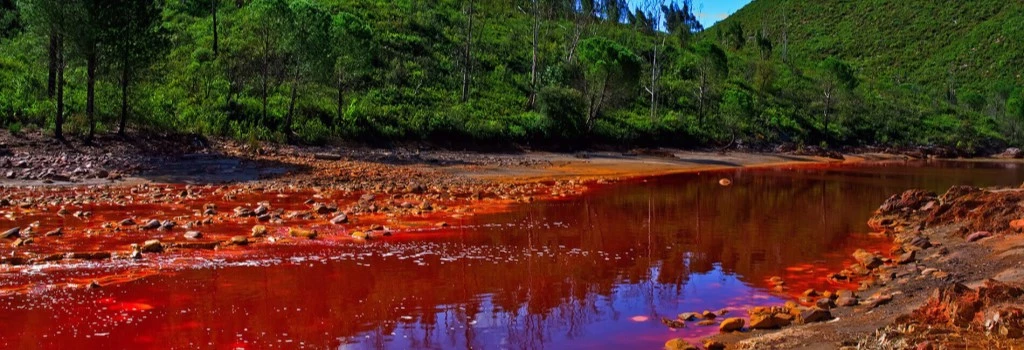
The water of Rio Tinto has a rich red-orange hue, with a pH of 1.7 to 2.5. It contains heavy metals, including gold, silver, and copper. Due to anthropogenic processes, the river has become hazardous, inhabited only by chemolithotrophic microorganisms such as iron and sulfur bacteria. Its source is located in the Sierra Morena mountains of Andalusia.
Boiling Lake (Dominica)
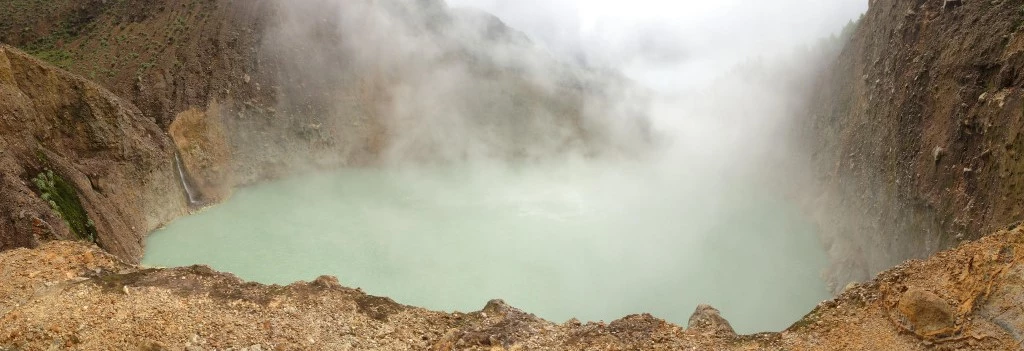
The temperature near the shores of Dominica's Boiling Lake, located in Morne Trois Pitons National Park, ranges from 82 to 92 degrees Celsius. The temperature at the center is immeasurable due to active boiling.
Lake Kivu, Africa
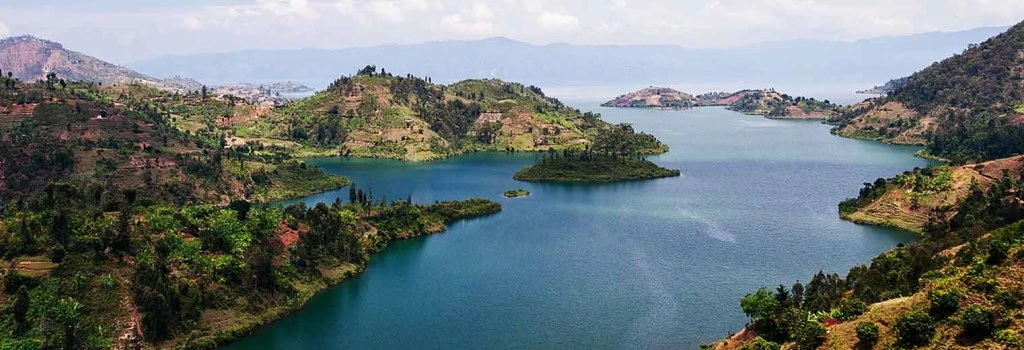
Lake Kivu lies between Rwanda and the Democratic Republic of Congo. Located in a rift valley, it is prone to volcanic activity. The lake's depth reaches 485 meters, and it contains about 250 cubic meters of carbon dioxide and 65 cubic meters of methane at the bottom. Due to the pressure created by the depth, the risk of gas release is low, allowing for safe swimming.
Citarum River (Indonesia)
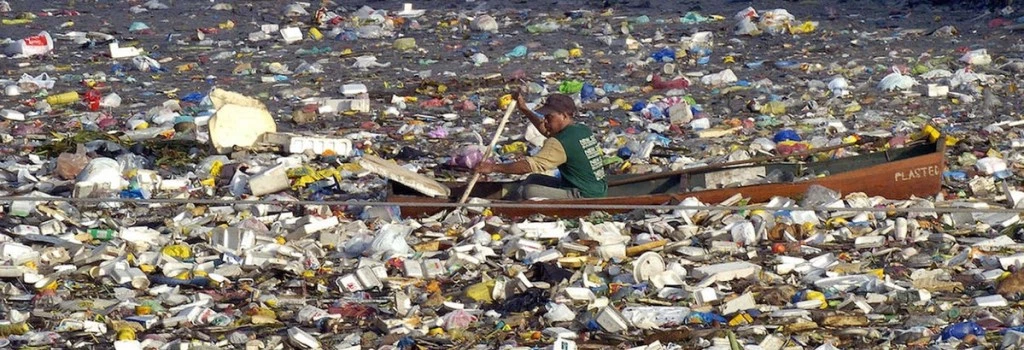
We have previously discussed it in an article on the world's most polluted rivers. Numerous factories discharge their waste into the water, and household sewage flows in untreated. Every day, approximately 240 tons of wastewater and 20 tons of solid waste are dumped into the river.
As a result, the river is nearly lifeless, with mercury, lead, and arsenic levels elevated dozens or even hundreds of times.
Potomac River, USA

The Potomac River stretches for 22 kilometers from the key in Washington, D.C., north to the Great Falls of the Potomac. Its gorge is a popular destination for outdoor enthusiasts—kayaking, boating, fishing, and hiking.
However, the river can become deadly at any moment. Underwater currents exist even in seemingly calm areas, often dragging swimmers and waders under the surface.
Blue Lagoon, Derbyshire, UK
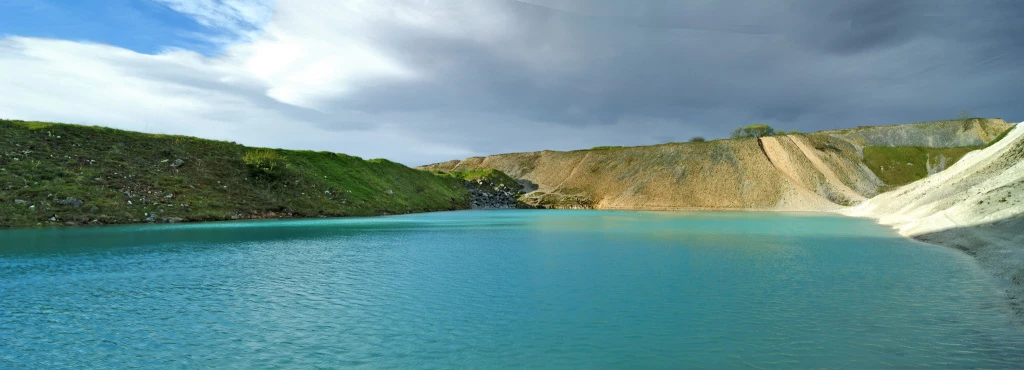
An abandoned quarry in Harper Hill known as Far Hill was flooded, creating the "Blue Lagoon" due to its striking blue tint. Despite warning signs, it became a popular swimming spot among locals.
The water is highly alkaline with a pH of 11.3, posing a serious risk to skin health. The quarry also contains a lot of debris, including car parts and animal remains. To deter locals from swimming, authorities decided to dye the water black.
